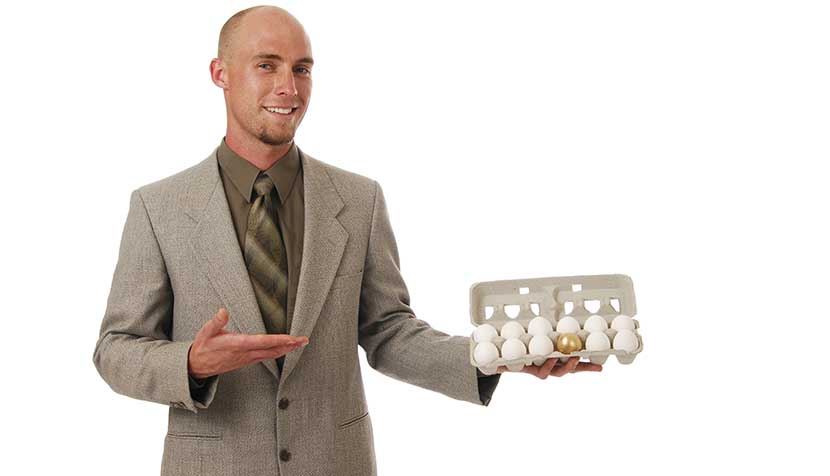Time to stop talking & just do it!
by Sandra J. Hartley, MPE, EdD
Be honest. We all talk ourselves in and out of things. This “self-talk” is part of our psyche’s motivation system. But when it comes to getting more physically active, it may be best to stop listening to your inner voice and “just do it.”
Research on the self-talk of older women found that unmotivated people self-talk a lot, and talk themselves into doing nothing. They say things like:
“I am too old to be more active.”
“I am too weak to lift weights.”
“I am too unsteady to do balance exercises.”
Not so! Active older women give this advice: try some different things and find out what you want to do. Then get on with it. Don’t think about it lest you talk yourself out of it!
You are never too old to benefit from simple home exercises or a refreshing walk. If your muscles are wimpy, some 1-2 pound weights could change your abilities enormously! If you are getting stiff or unsteady, then you will be amazed what can do in even one session of moving your body.
Some inactive older women say they can’t afford the classes or equipment. But staying active reduces the costs of health care in the long run and keeps you independent.

Some women feel strange about building their muscles. But from age 30-80, we women lose about 50% of our muscle strength! It’s worth the effort to keep building those muscles as we age.
Stop listening to the negative self-talk and start acting on your positive ideas about doing something active, interesting and fun. For instance, if you’re thinking, “I wonder if my neighbour would go for a walk tonight?” — don’t wonder anymore. Grab your jacket and knock on her door. And don’t listen to her excuses either!
About the Author
Sandra J. Hartley is Professor Emeritus, Researcher in Exercise Motivation and Gerontology, University of Alberta, and Life member of Active Aging Canada.
Click Here for print PDF file – Women’s Health – time to stop talking and just do it
What Active Living Is All About
Put very simply; it is a way of life.
- It is about maintaining a balance in your life of the physical, mental, emotional, social, and spiritual.
- It is about choosing activities that you enjoy, and including them in your daily routine.
- It is about staying connected with friends.
- Your mental health is as important as your physical health.
- It is about making good food choices.
By maintaining good health, it is about having the ability to make choices in your life, and live as independently as you choose. Active living makes you feel good, and prevents many chronic diseases.
So why not give it a try? You have nothing to lose, and so much to gain.
How much is enough?
How much physical activity do you need to gain health benefits? Here is the latest research:
- 150 minutes a week of moderately intense activity (for instance 30 minutes a day, 5 days a week).
- Activity can be broken down into bouts of 10 minutes like a walk around the block.
- Start slowly and build up. For instance, just start by doing more of what you are already doing.
- Walk whenever you can. Brisk walking is a perfect ‘moderate intensity’ physical activity. Walking can be done anywhere, anytime, anyplace, without any special equipment.
- How fast is “brisk”? That depends on you. On average, it means walking 3 – 4 miles (4.8 – 6.4 km) an hour, or about the speed you would walk if you were late for an appointment. It should not be so fast that you are unable to talk.
If you want to start an exercise program that is more demanding than brisk walking, talk to your health care provider first.

Question: “Active Living” claims more benefits than the legendary Snake Oil Salesman’s Magic Elixir does.
TRUE or FALSE?
Answer: TRUE! – There are so many benefits to active living that at first glance, even the con artist might be skeptical. Nonetheless, active living does reduce the risks of all of the following:
- Heart attack and heart disease
- Falls, fractures & injuries
- Obesity and being overweight
- High blood pressure
- Osteoporosis
- Diabetes (post-menopausal women)
- Stroke
- Anxiety and depression
- Gallstones
- Colon Cancer
- Arthritis
- Enlarged prostrate
- High cholesterol
- Premature death
- And much, much more.
Remember: inactivity is the primary lifestyle risk in old age.
(With thanks to the Saskatchewan Seniors Mechanism)
Click Here for print PDF file – Active Living – What active living is all about

- Categories
Recent Posts

